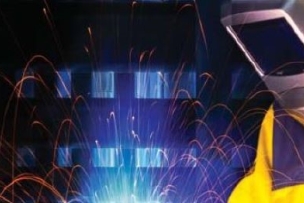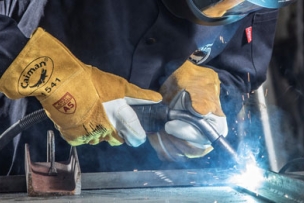The maintenance team puts itself at risk to reduce hazards for everyone in a facility. It’s equally important to protect these workers from harm. OSHA’s Top 10 list can help guide you.
When it comes to dangers across the manufacturing shop floor, there are many—keeping safety teams and government inspectors busy with programs and guidance to protect workers from harm.
But clearly one of the most dangerous roles falls to the workers tasked with maintaining machines—even though a chief purpose of maintenance is to reduce hazards and risks in a manufacturing facility.
“Good maintenance and repair procedures contribute significantly to the safety of the maintenance crew as well as that of machine operators,” explains the Occupational Safety and Health Administration in its guidance on machinery maintenance and repair.
“The variety and complexity of machines to be serviced, the hazards associated with their power sources, the special dangers that may be present during machine breakdown, and the severe time constraints often placed on maintenance personnel,” OSHA continues, “all make safe maintenance and repair work difficult.”
In a small shop, this work might fall to each machinist or a select group of machinists, but in a large business there often are maintenance technicians and teams who do only that. Either way, this particular job is highly dangerous.
It’s risky because the work requires closeness to the machine.
“During normal operation, automation typically diminishes the likelihood of human error that can lead to accidents,” points out the Health & Safety Authority. “In maintenance activities, contrary to normal operation, direct contact between the worker and machine cannot be reduced substantially—maintenance is an activity where workers need to be in close contact with processes.”
Risk by the Numbers: Maintenance and the OSHA Top 10 List
Comparatively speaking, according to the Bureau of Labor Statistics, jobs in this category have “one of the highest rates of absences due to work-related injuries and illnesses.” The incidence rates for trunk, hand and head injuries tend to be nearly twice the comparable rates for all workers, the BLS reports.






Talk to Us!
Leave a reply
Your email address will not be published. Required fields are marked *